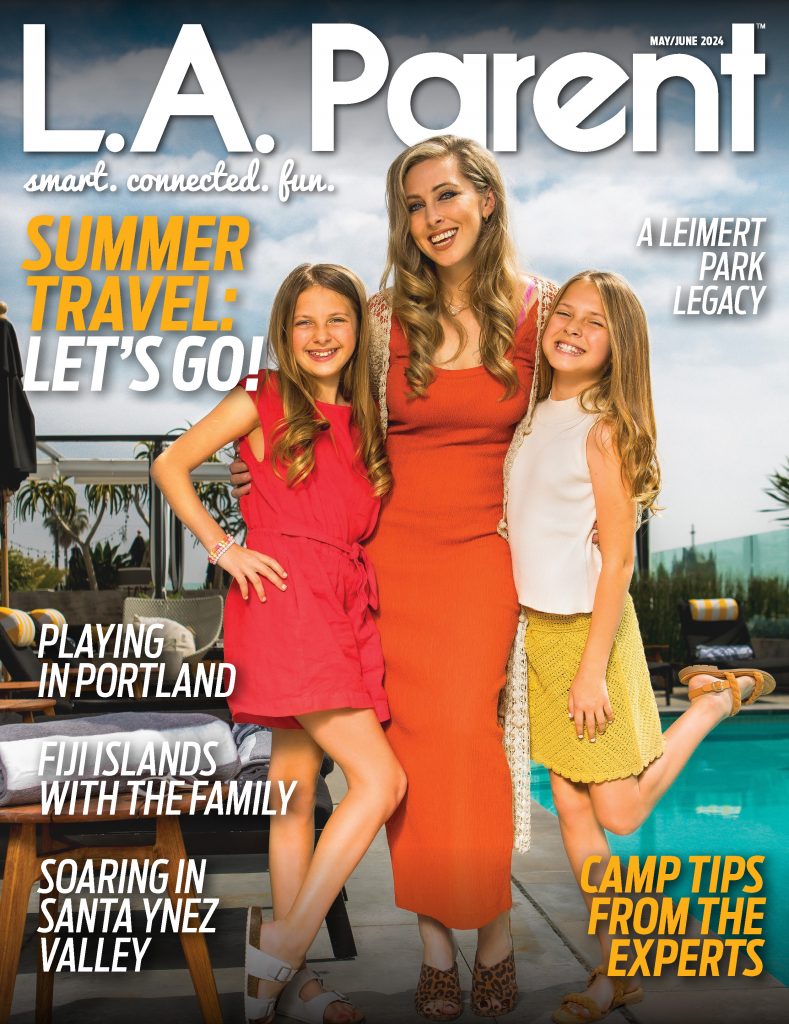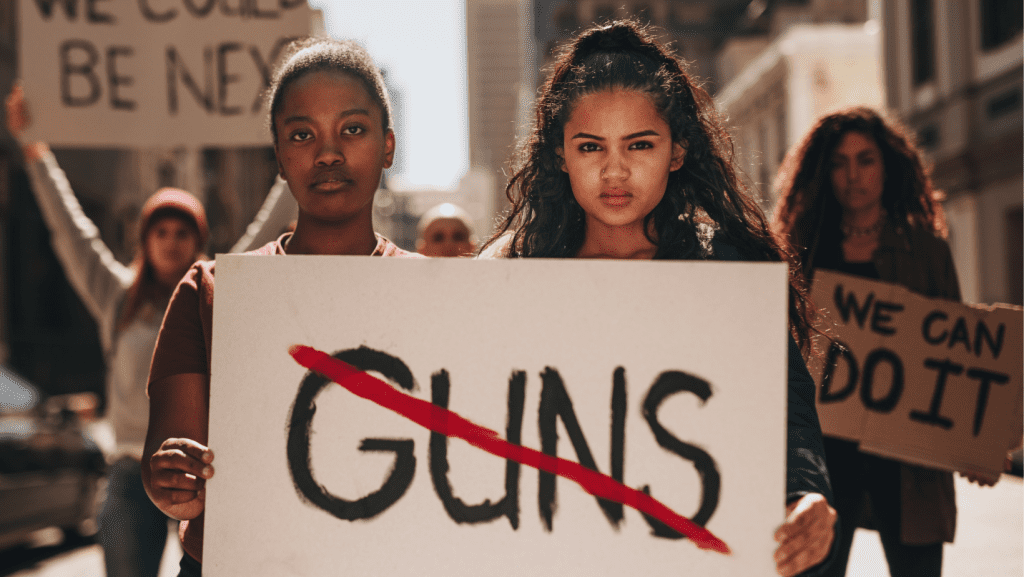“Why is it so hard to understand that I have guns but love peace?” asks Jim, a tall 20-something-year-old when we bump into each other at a gun show in Houston.
Jim carries two satchels. One contains a Kalashnikov, a Russian AK-4 /assault rifle that I have seen on guards in my home city, Karachi, Pakistan. In the other are bullets, he tells me.
Speechless, I gaze at him. Jim was my student at a public high school where I taught creative writing and journalism. With his thin frame and long hair, he was known on campus as a white “hippie” and tech genius.
I am at the gun show because I want to learn more about what is exhibited and who attends the shows that are advertised on billboards each month. My community is comprised of artists, activists and educators, and I don’t know anyone who owns an assault weapon. Or so I believe before I run into Jim.
Once inside the building, I document attendees, who are mostly men but also women and children of all ages and ethnic backgrounds. They walk through crowded aisles, perusing guns and revolvers that are laid out for purchase. I also capture an image of a confederate flag that flaps over antique weapons.
Fifteen years have gone by since my first and only exploratory visit to a gun show, but I’m still haunted by that encounter with my former student. Even today, I wonder what I could have learned about Jim had I taken him up on his offer to meet for coffee or talked to more of his peers. I was busy with my organization and raising my daughter, and I don’t know what I would have done with information had I gleaned anything disturbing, besides reporting it to the police.
Six years ago, I moved to Los Angeles, where I write and teach. As always, whenever a mass shooting occurs anywhere in the world, I want to learn more about the lives lost. These days, however, I am struck by the killers’ ages.
A Washington Post story highlights how, of the 196 shooters who killed four or more people in a U.S. public place since 1966, “more than 40 percent were between the ages of 18 and 29.” A psychiatrist quoted in the report points out that the prefrontal cortex that is “critical to understanding the consequences of one’s actions and controlling impulses, does not fully develop until about age 25.”
My daughter Minal is 17, a few months younger than the two men who, in May, killed 31 citizens and children at a grocery store in Buffalo, N.Y., and at a school in Uvalde, Texas. I ask her if she could imagine herself or fellow male students collecting weapons and killing people because of their age or race.
She meets my eyes. “My friends and I would never do that. But there are running jokes about possible school shooters.”
Teenagers who participate in a high school leadership workshop that I offer in Pasadena are also concerned about social outliers who they imagine could become murderers. Some of my students recently organized walkouts at their campuses. One of the organizers tells me that she feels empowered. “We can’t let killers like these go unnoticed,” she says.
This year alone, there have already been more than 390 mass shootings in the United States, reports the Gun Violence Archive. Though California has the strictest gun regulation in the U.S., three out of 16 mass murders this year were in Los Angeles and Sacramento. And the U.S. remains the most heavily armed civilian population in the world. The reality of these statistics impacts our teenagers.
To tackle these realities, everyone can take action. What if each week all teachers stopped class for an hour and dedicated time to hold open discussions about the grief and outrage that young people feel? Or if everyone drove to the site of a mass shooting to offer condolences and respect? What if everyone continued the push for assault weapons to be taken off the market so 18-year-olds could not enter school buildings, grocery stores, hospitals and subway stations to devastate lives? What if all victims’ names were embedded in our teenagers’ history textbooks?
It is imperative that we create space for teens to share their reflections. After two decades of working with teens and now raising one, I have formed a deep respect for their wisdom. Teenagers know who is being bullied and who is the bully. They know who is a loner and who is popular — and why. They can share insights about their peers.
I would have to write a much longer essay to explore what leads young men in Pakistan and other countries to choose suicide vests. But one of the commonalities between the killers in the U.S. and suicide bombers is the isolation that young men feel when they choose such paths.
As another academic year gets underway, I wonder what public education could look like if funding could be allocated for every school to create small pods or storytelling workshops facilitated by trained youth leaders or social workers, where students can talk about issues and share observations — and where everyone is seen and heard. What if these meetings were part of the daily schedule and were as critical to the school day as lunch, math and physical education?
The families and communities in Uvalde, Buffalo, Newton, Columbine, El Paso, Parkland and many more cities will never be the same. And unfortunately, others will join their ranks — unless we take action. Even as government bodies debate legislation and policy change, citizens can make a difference every day, as has X González, who survived the Parkland, Fla., high school shooting and whose speech went viral in 2018.
Teenagers want to be part of the movement to prevent senseless slaughter. There is a growing student-driven movement for gun reform. We can support more young people by empowering them to become part of this inspiring movement for change.
Helpful Resources
If you hear or see anything that causes alarm, talk to a counselor at your teen’s school or tap into local resources:
- L.A. County’s Department of Public Social Services
877-613-8777 | dpss.lacounty.gov/en/resources/contact.html - L.A. County Mental Health Resources
800-854-7771 | lacounty.iprevail.com - March for Our Lives: marchforourlives.com
- Students Demand Action: studentsdemandaction.org
- Team ENOUGH: teamenough.org
- Gen Z for Change: genzforchange.org
Other links:
- Teen Line: teenline.org
- Mental Health America: mhanational.org/talking-adolescents-and-teens-starting-conversation
Sehba Sarwar’s essays, short stories and poems have appeared in the New York Times, L.A. Times, Callaloo and elsewhere. She is the author of the novel “Black Wings.”

























